Forging Ahead 2: Buffalo
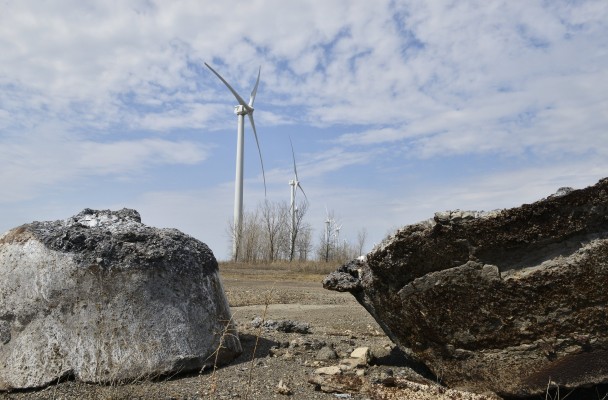
Wind turbines on the former Bethlehem Steel property seen beyond slag left over from steel production.
John Rennison The Hamilton Spectator
4/7/15
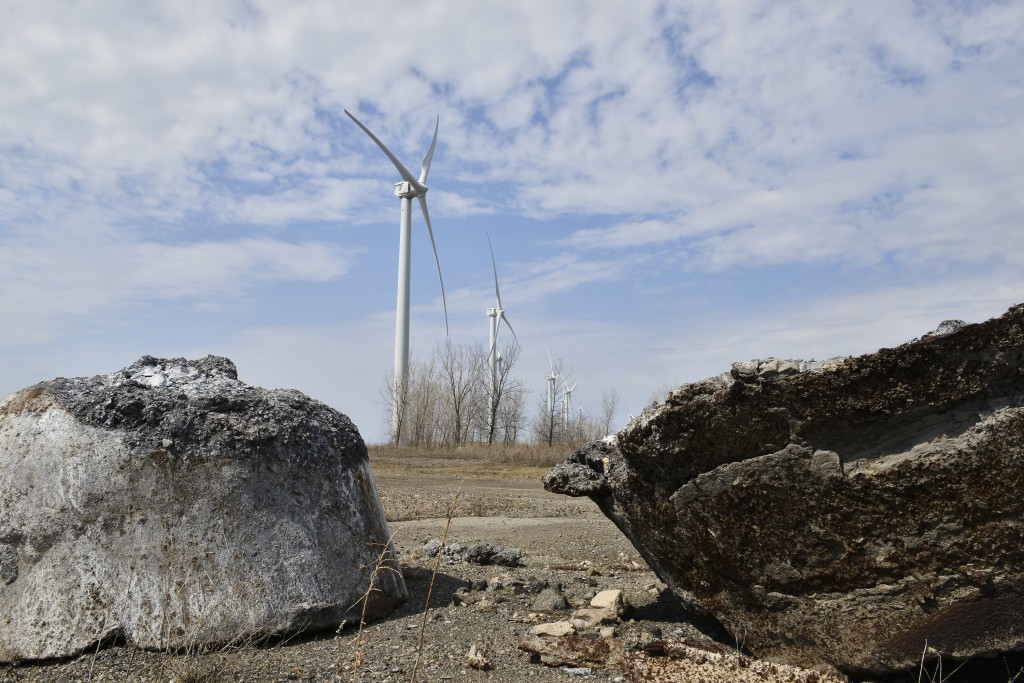
Wind turbines on the former Bethlehem Steel property seen with slag left over from steel production. John Rennison, Hamilton Spectator
“We don’t argue about what to do now, we argue about how we do it. That’s a different and better argument to have.”
Buffalo: From steel to energy
[I]t’s said Buffalo was rich at the right time and poor at the right time. What that means is they once had enough money to build a city they were then too broke to demolish.
If you look at city hall, you’ll see the crown jewel of this claim. Built before the stock market crash of 1929, and financed (all $7 million) with cash, the building is lavish and loaded with symbolism.
A sandstone frieze on the exterior depicts electricians, architects, teachers and steelworkers. Rivets, further homage to industry, are chiseled into the marble columns that front Niagara Square. One of the most striking features is the multicoloured crown that caps the 32-storey building — a nod to Buffalo’s title as queen city of the Great Lakes.
Inlays, in shades of tangerine and turquoise, cream and coral, blend Native American themes with art deco design.
Forty years ago, you probably wouldn’t have noticed. At the time the entire building was black with soot.
Much of it blew in from the mill in Lackawanna, 10 kilometres outside Buffalo, where Lackawanna Steel Company (later Bethlehem Steel) sat on 1,500 acres overlooking Lake Erie.
The mill closed in 1982 and stopped coke production in 2003, but something still comes into Buffalo from the site — energy.
[T]he former steel site was the best location when BQ Energy, a Poughkeepsie-based company that develops wind energy on brownfield sites, responded to a request for proposals in the late ’90s. It was one of the projects Bruce Fisher was involved in when he was deputy county executive of Erie County.
In essence, Fisher’s job was to be a policy entrepreneur. More specifically, it was to do something with the Lackawanna land.
Fisher, a Buffalo native, knew the area well. If you grew up near the city, so did you. Number 1, your dad was likely one of the 20,000 employees who worked for Bethlehem Steel. Number 2, you smelled the pink air daily. Number 3, you spent nights watching the slag pour, terrible and glorious and glowing and volcanic, on the cliff above the lake.
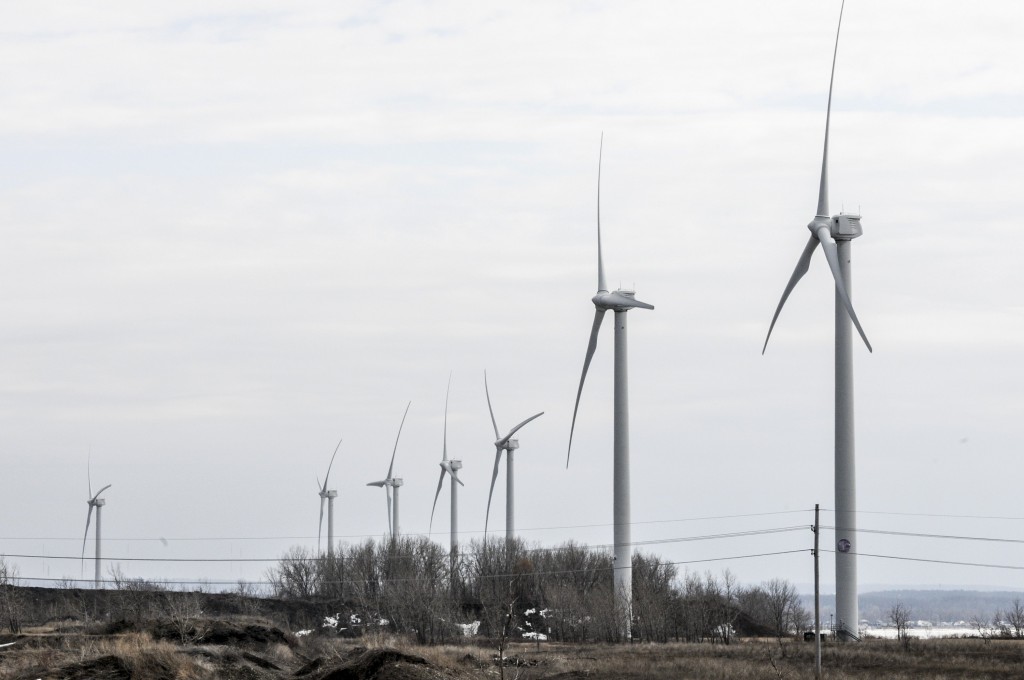
Wind turbines sit on some of the 1,500 acres of former steel land. John Rennison, Hamilton Spectator
If you go up to that spot, the apocalyptic slag ridge of Fisher’s youth, you can lean into the breeze at a 45-degree angle and it will hold you. The winds are strong and dependable. Erecting turbines there was a tense and time-consuming process, one done on calm days so the wind that pushes up the cliff wouldn’t twist the machines like straws.
Since 2007, there have been 14 built. Overhead, their blades whoomp in steady unison. A damaged tower lies like a pale beached whale on the lawn, which carpets the slag, golf-course green. They generate 35 megawatts of energy annually, enough to power 9,000 homes.
The project was subsidized by the Environmental Protection Agency and the New York state brownfield cleanup program, which provides partial funding, tax credit and liability relief. Without this, Fisher says the project, dubbed Steel Winds, never would have happened.
Private companies won’t take chances on land where they might end up paying for environmental mistakes made when the concept of environmental responsibility didn’t exist. Coke ovens can leave behind hot spots of benzene that can be pricey to fix.
Slag is easier. Fisher calls it harmless by comparison.
That’s why it was easy to dedicate another 25 acres to Steel Sun.
Now it’s just a 25-acre swath of crushed slag, but by winter, it should be covered with solar panels, laid out like tiles, generating an additional 10 megawatts of energy.
If it seems like a paradigm shift, it’s a consistent one here.
In south Buffalo, on 88 acres of the former Republic Steel site, they’re building a 1.2-million-square-foot operation. Solar City, a project from Elon Musk, founder of electric car company Tesla Motors, is to begin operations in 2016.
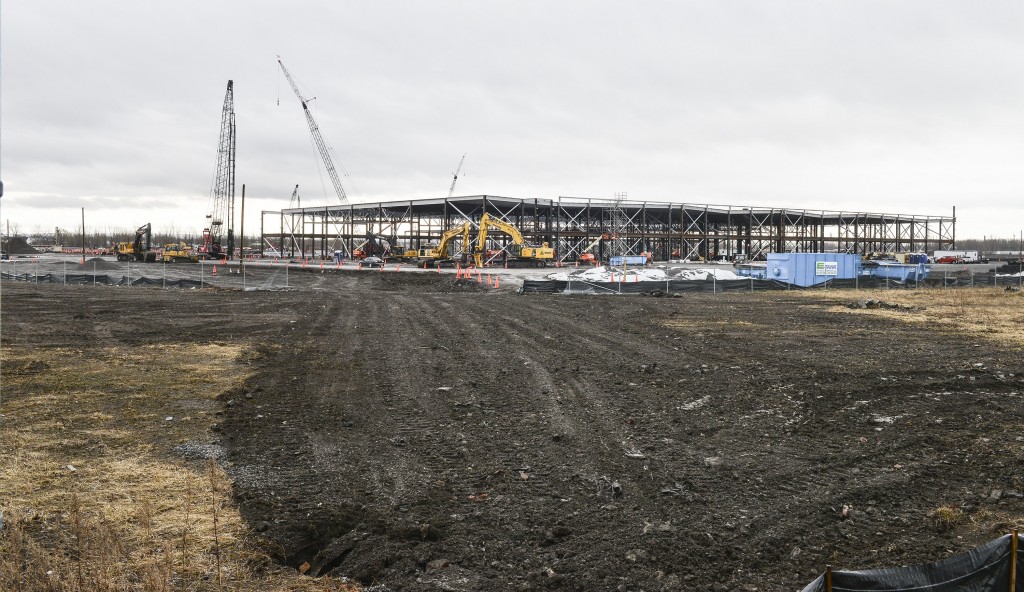
On 88-acres at the former Rupblic Steel site, a 1.2 million-square-foot Solar City is being built by Elon Musk of Tesla Motors fame. John Rennison, Hamilton Spectator
When the $5-billion project is finished, Solar City will be the largest solar panel factory in the western hemisphere and will employ 3,000 Buffalonians in high-tech jobs.
That’s more than Republic employed during its 1960s heyday, which makes Solar City something of a model case for the Buffalo Billion.
The Buffalo Billion was announced in 2013 by New York governor Andrew Cuomo. In addition to a $1-billion investment, it identifies sectors poised for massive growth. These include advanced manufacturing, health and life sciences, and tourism.
Of the billion, $750 million went to Solar City. Another $5 million went to 43 North, a competition designed to bring forward-thinking companies to the city from around the world.
In 2014, 6,932 start-ups applied. Eleven received cash prizes of between $1 million and $250,000 to set up shop in Buffalo, where they get a year of free space and mentorship. They can also operate tax-free in the state for 10 years.
Winners came from Massachusetts, Taiwan, Scotland, Florida, Ohio and Ontario. Business focus ranged from social media, to biotechnology, to metal forming.KeepUp is an app that streamlines your social media activity.
Energy Intelligence developed technology that turns wasted energy from braking vehicles into renewable electricity. TriMirror lets online shoppers outfit avatars to get a realistic sense of fit.
“We don’t argue about what to do now, we argue about how we do it. That’s a different and better argument to have,” says Dottie Gallagher-Cohen, president and CEO of the Buffalo Niagara Partnership, one of the many organizations tasked with jointly overseeing the Billion.
“It’s not like everything’s great all the time, but I really think what forced it to happen was the government was very clear that this billion dollars, unless there was a plan that everybody agreed to and there was something for everybody, was not going to happen.”
Organizations including land conservancies, universities, manufacturing companies and more had to come together to decide on where and how to invest that money. They’re still having trouble with one part of the plan — identifying key ingredients, such as workforce development, to help with further growth.
They’ve been able to staunch the flow of people leaving Buffalo. At one time, its population was 500,000. Now it sits just under 260,000. They’re still working on how to boost that.
[O]ne thing that’s working in their favour is the housing market. Buffalo is a gold mine of gorgeous homes.
Set deep on their lots, many are Queen Anne-style, with hipped roofs and elaborate scrollwork. Dazzling paint jobs (think Kelly green, cream, raspberry and orange, maybe all on a single door) make them look like psychedelic gingerbread houses. In many cities, you’d have to resign yourself to a lifetime of debt to own one. Here, you can get a multi-bedroom house for $30,000.
The west end is a popular choice.
It wasn’t a neighbourhood you would have volunteered to live in 20 years ago if you didn’t grow up there, according to Newell Nussbaumer. Things have changed though.
Nussbaumer grew up in Elmwood Village, a vein of the city that has always been a “good” neighbourhood. The hippie son of a lumber industry worker, he used to make his father promise to plant a new tree for every old one he cut down.
Today he runs Buffalo Rising, an online publication, and works as an activist. He lives near the west side’s five points neighbourhood. Houses that went for $50, 000 eight years ago are now being appraised at $180, 000.
Standing at the star-shaped intersection in five points, you might wonder why.
Municipal signs read “drug free gun free” in larger font than they designate “school zone.” Each of the corners at the junction is home to a boarded-up storefront. Look harder, though, and you see clues to what’s coming.
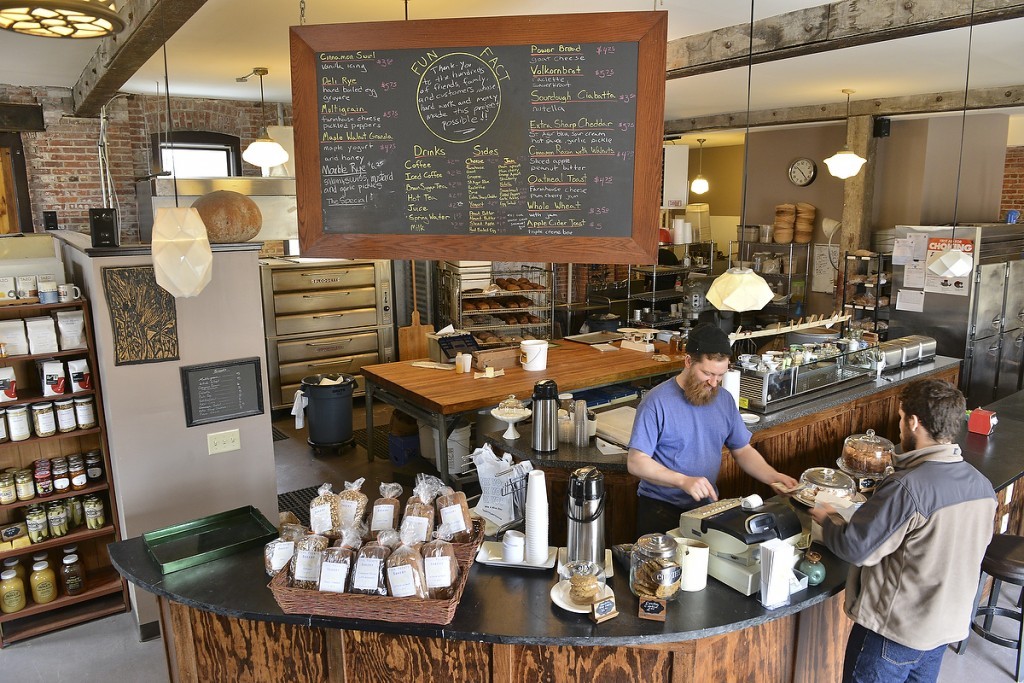 (Above: Five Points Bakery – See John Rennison’s photo gallery here)
(Above: Five Points Bakery – See John Rennison’s photo gallery here)
Faded chalk markings on the pavement are reminders of a day of community engagement last summer, when residents shared ideas for the street. A bakery in a turn-of-the-century hardware store serves artisanal toast — thick, seed-stuffed bread, toasted and served with farmhouse cheeses, organic apples and jam imported from Brooklyn.
An empty brick warehouse sits on a patchy lawn across from a house with an eviction notice, but if you look up, the glass in the factory windows is so new, each pane still has a white sticker in the corner. In the summer, the soundtrack here is the hum of hammers and saws.
They are artists and entrepreneurs and immigrants. Nussbaumer and Gallagher-Cohen point to this influx as advantageous.
Buffalo is one of 190 host cities for the U.S. reception and placement program. Through the Department of State, resettlement agencies match the needs of incoming refugees with the resources available in a certain community.
Through it, refugees have settled on the city’s west side. Some have gone to the Westminster Economic Development Initiative, which offers business classes to west side residents. From there they can start fledgling businesses in co-op spaces and go on to rent their own storefronts. Grant Avenue, the spine of the immigrant community, is full of ethnic grocers and cafés.
[B]uffalo has a reputation as a segregated city, so it’s encouraging, Nussbaumer says, to see Somali women on the west side, balancing baskets on their heads. Decades back, mills and factories posted signs warning Irish not to apply. In the ’60s a lawsuit accused Bethlehem Steel of giving the most labour-intensive jobs to black men.
Even though things are changing, Nussbaumer says many would take steel back in a second. They’d accept the orange skies and blackened buildings. They never saw that anyway. All they saw was a generation of friends and family left behind.
People in Lackawanna still find it difficult. For so long, mill closure was a rumour. Even after the shutdown, out-of-work employees thought things would change the next week, or the next, or the next.
Bethlehem Steel at one point bought thousands of acres in nearby Hamburg, anticipating expansion. FedEx owns the site now. In 2016 its new logistics centre will employ 600. It’s a strategic location — one that gives FedEx access to online shoppers in both Canada and the U.S.
The town was named for the mill. Twice weekly, mothers washed soot from the windows. They kept kids inside on “the orange days.” The timing of the traffic lights reflected shift changes.
You could sense the degree to which employment felt like a right. Bryan Hahn, an engineer with Benchmark Engineering Environmental, first visited Bethlehem Steel after it closed in 2003. While scouting the environmental assessment necessary for Steel Winds, his legs turned black walking though the long grass that grew up between the buildings. Still, the heat was on inside and a radio played.
“It was one of those deals they thought they’d never close,” says Bill Gawronski. “But then that was the end of that.”
At 62, Gawronski is a retired machinist. On a Wednesday afternoon, he’s driving his Chihuahua to the park and thinking about an upcoming Eagles show. Gawronski grew up in Lackawanna and lives there still. At the end of his street, a black mill building stands like a hole punched in the blue sky. It stretches for seven blocks, the length of Gawronski’s entire subdivision.
Gawronski started at Bethlehem Steel when he was 18, doing the same thing as his grandfather, his brother and his five uncles. He worked and waited out layoffs for six months before he jumped ship to Hanna Furnace where he spent 11 years as a machinist. The furnace site is now Commerce Park. A massive ladle sits at the park’s far end, commemorating the pig iron making operations. Pittsburgh donated it after most of Lackawanna’s equipment was sold off.
“Lackawanna never really got back to where it was,” Gawronski says. “It was a boom town, as you know. I mean, there was money, money, money. There was bread on the table. Everybody had a job. I’d never even heard of welfare.”
The population hasn’t recovered. It was 30,000 in the ’60s and sits at 18,000 today. Still, when you drive through Lackawanna, there are rows of Tyvek-covered houses. New builds. The east side of the city has a growing Arabic population. Mulberry Italian Ristorante brings tourists since being featured on the Food Network show “Diners, Drive-Ins and Dives.”
The crypt of local priest Father Nelson Baker might be another legitimate draw one day. In 2011, the Catholic Church officially granted him “venerable” status, the first of three steps on the path to sainthood. All that’s left is proof of two miracles and Baker is on his way to beatification, then canonization.
And there are still jobs. Commerce Park is located on 105 acres of former steel land. The light industrial park employs roughly 500 at companies including transportation broker Sonwil Distribution and CertainTeed Corp., a producer of PVC fence and building products.
It’s not like there’s no industry in Buffalo. Driving the skyway you sometimes catch the scent of baking Cheerios blowing over from the General Mills factory. There’s some steel. Smaller specialized firms, such as Buffalo Armory, which makes high-strength, formable steel.
At this point, the challenge lies in keeping up the momentum.
The Buffalo Billion is gone. Cuomo has turned his attention to other parts of the state. It’s up to Buffalonians to push themselves into the next phase.
There are still many acres of brownfields sitting vacant in Lackawanna and Buffalo. In March though, the city had a had a huge win when New York state extended the life of the brownfield cleanup program that helped get Steel Winds off the ground. There had been griping that the projects getting help weren’t industrial enough and the program almost died. Instead, the program has been re-written to make things clear. It’s not meant for people who want to buy gas stations and build hotels. Upcoming projects include Solar City and a Seneca Street warehouse being converted to residential use.
Buffalo is at the beginning of the beginning if you ask Gallagher-Cohen. There’s still a long way to go.
“The real tale will be told 10 years from now, not today,” she says.
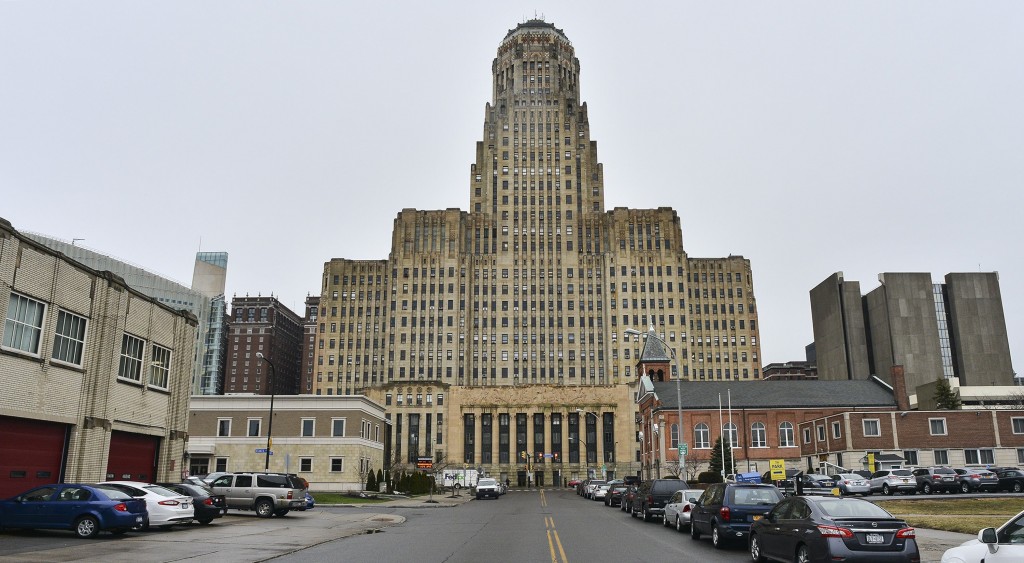
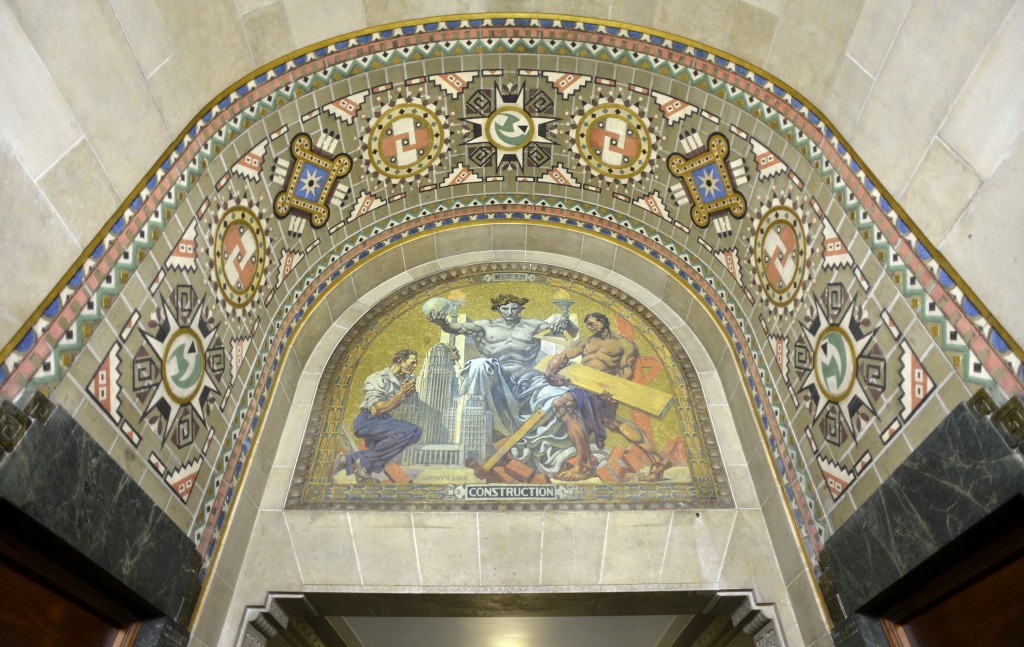
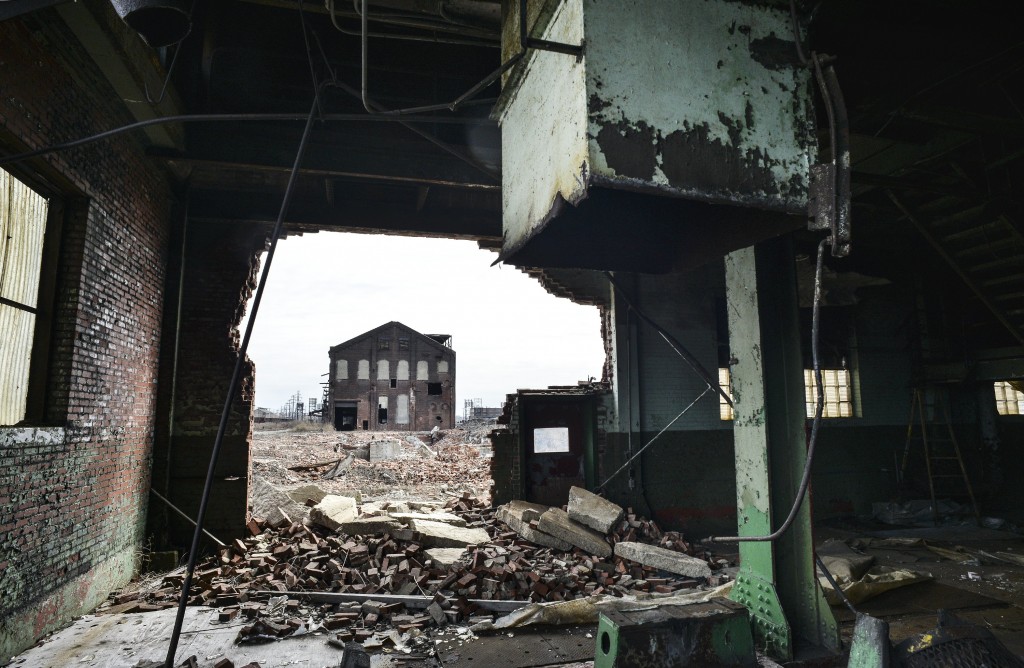
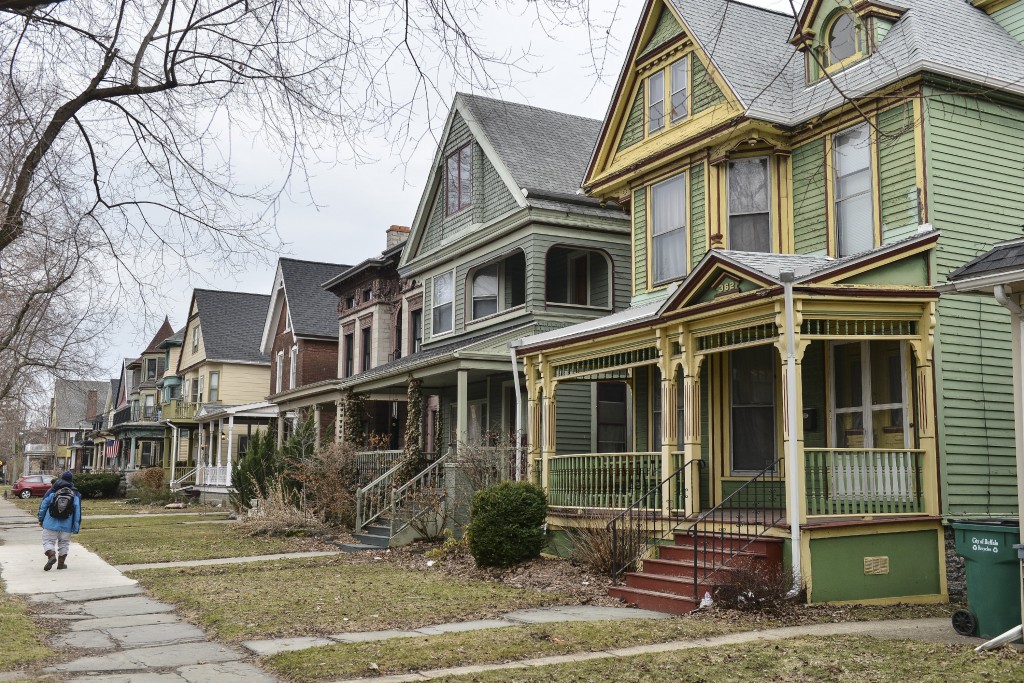
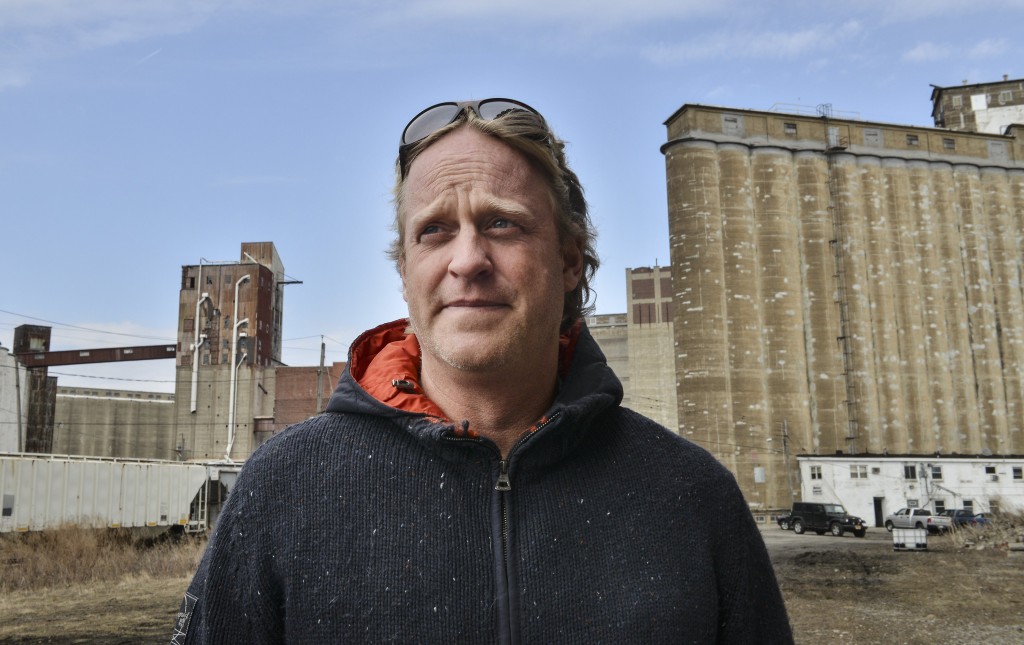

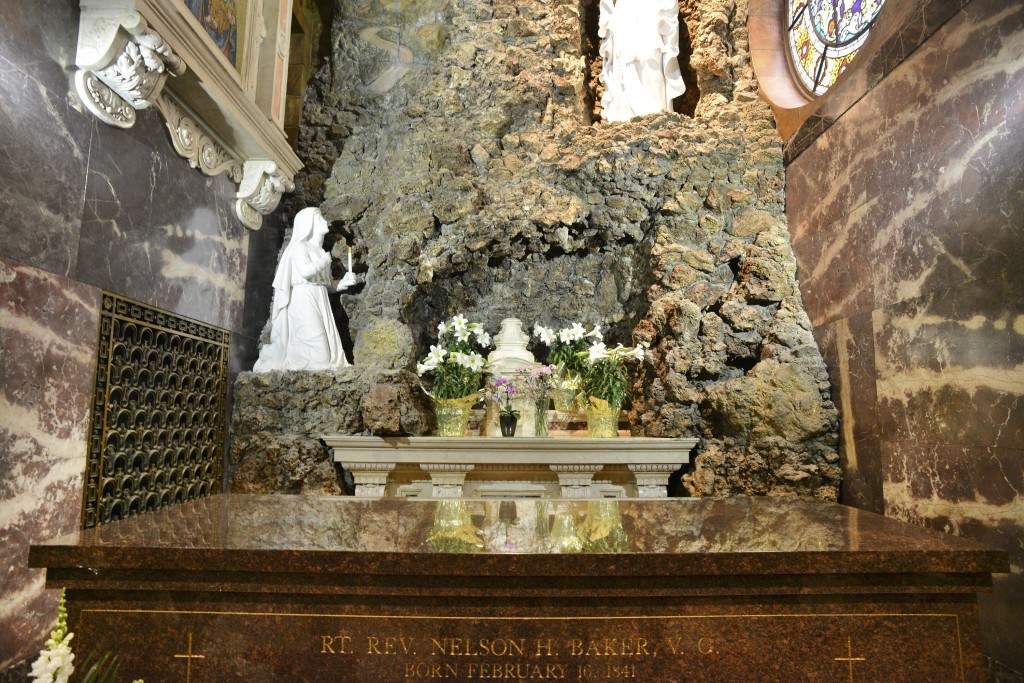
You must be logged in to post a comment.